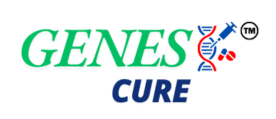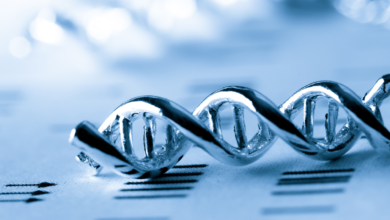RNA Sequencing

What is RNA Sequencing?
RNA sequencing (RNA-Seq) is a powerful technique used to analyze the complete set of RNA molecules (the transcriptome) in a cell or organism. It provides a detailed snapshot of gene expression, revealing which genes are turned on or off and at what levels.
Why RNA Sequencing is required?
RNA-Seq is used for various purposes, including:
- Gene expression analysis: Identifying genes that are differentially expressed under different conditions (e.g., disease vs. health, treatment vs. control).
- Alternative splicing: Studying the different RNA transcripts that can be produced from a single gene.
- Non-coding RNA discovery: Identifying and characterizing non-coding RNA molecules, such as microRNAs and long non-coding RNAs.
- Disease diagnosis and prognosis: Identifying gene expression patterns associated with specific diseases or predicting disease outcomes.
- Drug discovery: Identifying potential drug targets by analyzing gene expression changes in disease models.
Which are the method of RNA Sequencing?
The basic steps involved in RNA-Seq are:
- RNA isolation: Extracting RNA from the sample of interest.
- Library preparation: Converting RNA molecules into DNA fragments suitable for sequencing.
- Sequencing: Using high-throughput sequencing technology to generate millions or billions of short DNA sequences.
- Data analysis: Aligning the sequenced reads to a reference genome or transcriptome and quantifying gene expression levels.
Who should go for RNA Sequencing?
RNA-Seq is primarily used in research settings and is not typically offered as a clinical test for individuals. However, it may be used in research studies to investigate the underlying causes of diseases or to develop new diagnostic or therapeutic approaches.
What are the results of RNA Sequencing?
RNA-Seq can provide a wealth of information about gene expression, including:
- Gene expression levels: The relative abundance of different RNA transcripts.
- Alternative splicing patterns: The different RNA isoforms produced from a single gene.
- Non-coding RNA identification: The presence and abundance of non-coding RNA molecules.
- Gene fusions: Abnormal fusions between genes that may be associated with disease.
- SNPs and mutations: Genetic variations that may affect gene expression.
What are the components of RNA Sequencing?
RNA-Seq typically involves the following components:
- RNA isolation kits: Used to extract RNA from biological samples.
- Library preparation kits: Used to convert RNA into DNA fragments suitable for sequencing.
- Sequencing machines: High-throughput sequencing platforms, such as Illumina, Thermo Fisher Scientific, or Oxford Nanopore Technologies.
- Bioinformatics tools: Software used to analyze and interpret sequencing data.





